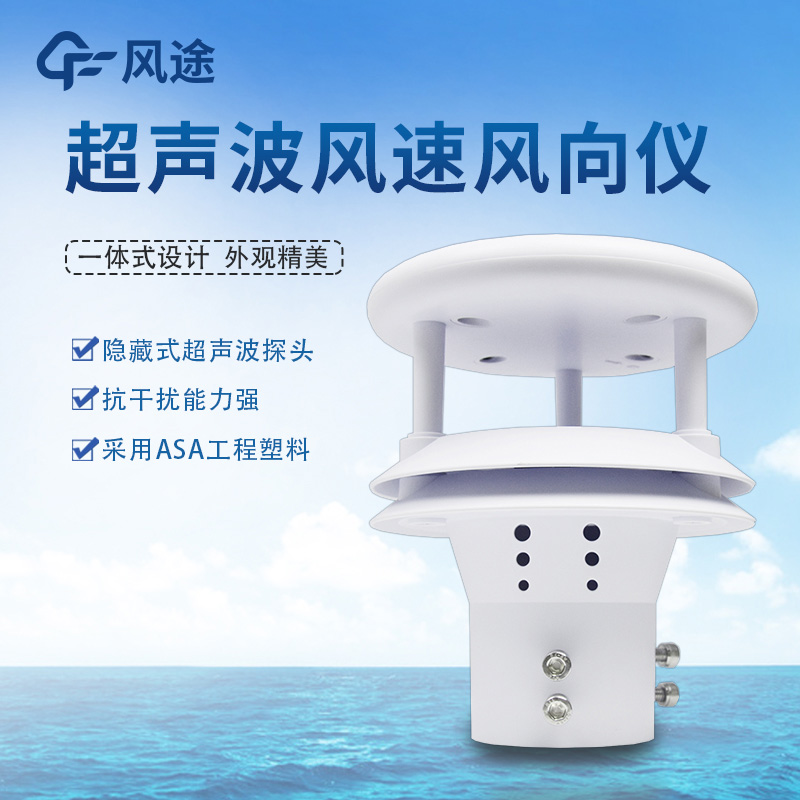Shandong Fengtu IOT Technology Co., Ltd
Sales Manager:Ms. Emily Wang
Cel,Whatsapp,Wechat:+86 15898932201
Email:info@fengtutec.com
Add:No. 155 Optoelectronic Industry Accelerator, Gaoxin District, Weifang, Shandong, China

Sales Manager:Ms. Emily Wang
Cel,Whatsapp,Wechat:+86 15898932201
Email:info@fengtutec.com
Add:No. 155 Optoelectronic Industry Accelerator, Gaoxin District, Weifang, Shandong, China
time:2024-11-25 09:33:45 source:Weather Station viewed:392 time
In ancient times, people initially perceived wind speed by observing natural phenomena. For example, they observed the swinging of trees and flags, and judged the strength of the wind according to the rustling of leaves and the degree of shaking of branches. Moreover, very early on, people regarded the phoenix as the "god of wind" and understood the wind through the air currents when the phoenix flew. Ancient China also invented wind measuring instruments. For instance, the "Xiangfeng Bronze Crow" in the Han Dynasty was one of the earlier wind vanes in the world. It determined the wind direction by the rotation of the bronze crow with the wind.
As time passed, in 1805, the Britishman Beaufort formulated the Beaufort wind scale based on the performance of objects on land and at sea in the wind. He divided it into 13 levels and added speed standards, which is still widely used in weather forecasting today.
In modern times, the mechanical anemometer emerged. It mainly relied on rotating blades. The faster the wind speed, the faster the blades rotated. The wind speed was displayed by a pointer. It was simple and easy to operate and was very popular among outdoor and amateur meteorology enthusiasts. Later, the electronic anemometer was developed. It measured with sensors and could display data in real time on a liquid crystal screen. Some also had a recording function, providing more accurate readings for professional meteorological work.
The Ultrasonic Wind Speed Direction Sensor measures wind speed and direction using the ultrasonic principle. It calculates the wind speed by measuring the time difference of ultrasonic wave propagation in different wind directions (such as the time difference method) or other related physical quantities. Its structure includes ultrasonic probes, microprocessors, etc., with an integrated design and no moving parts.
This sensor has high measurement accuracy and can accurately capture instantaneous wind speed and direction, including the high-frequency components of gust pulsation. It has no mechanical inertia and can achieve zero wind speed operation and omnidirectional measurement. It has a low maintenance cost and basically does not require on-site calibration.

Windway Technology BOD automatic monitor is now available, welcome to consult and order!This is an automatic monitoring instrument of BOD, what is BOD? Its refers to biochemical oxygen demand (biochemical oxygen consumption), there are some aerobic microorganisms in the water body, under certain tem...
The quality of water resources is directly related to human survival and ecological balance. Fengtu's online water quality detection equipment is fully functional. For example, the online pH tester (FT-ZS3) can quickly and accurately record the pH value of water bodies. It also supports the expa...
In the practice of agricultural IoT, soil moisture monitoring has become a core application. Through this technology, we are able to accurately obtain the growth reality of crops, providing key data support for subsequent intelligent decision-making. Based on the real-time monitoring of soil moistur...
gas sensor detects a specific gas and measures its content in the air. A gas sensor is a device that detects the presence or concentration of a gas in the atmosphere....